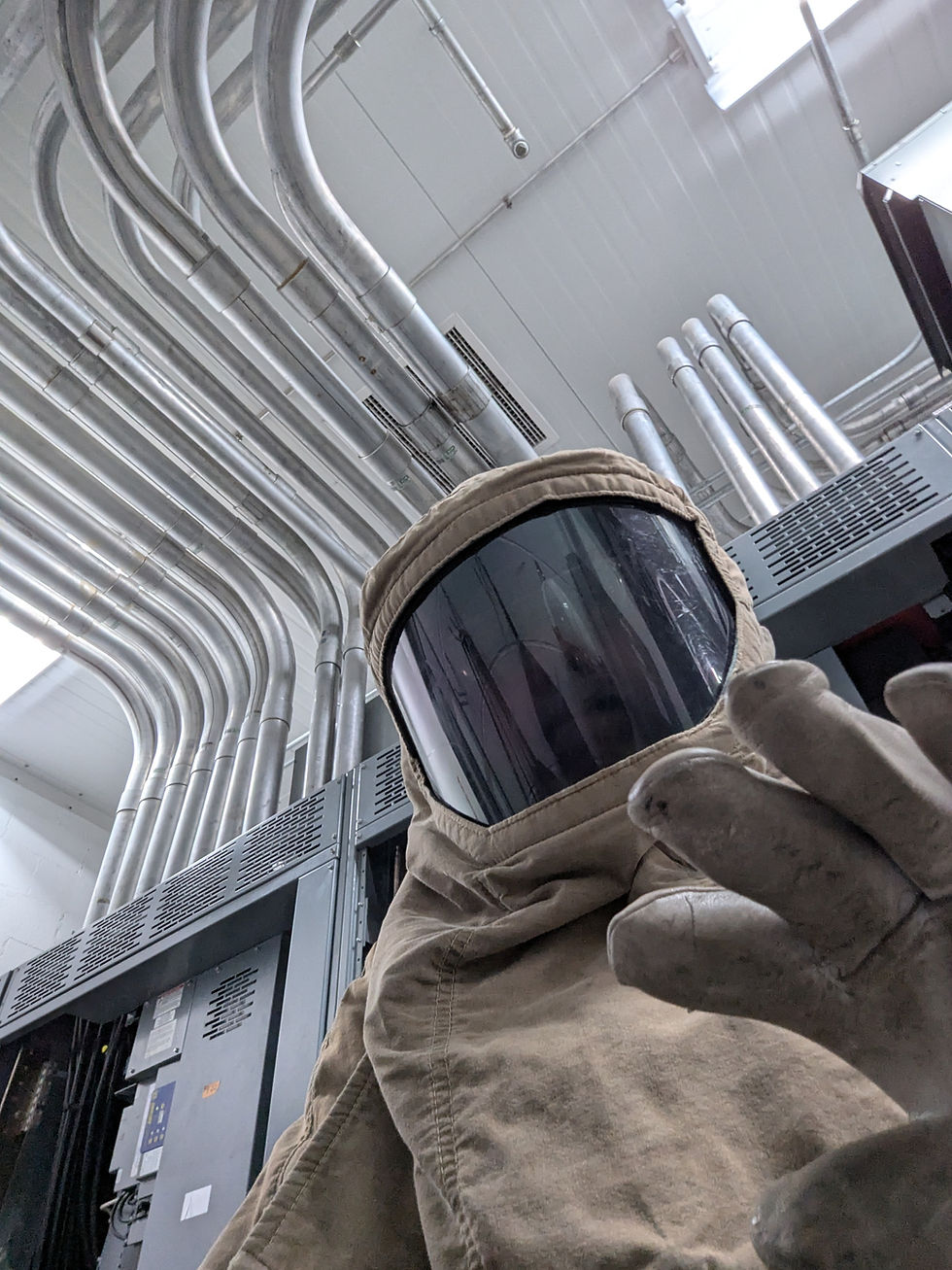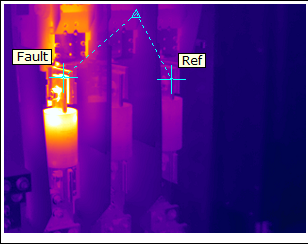Why Might One Motor Control Bucket Have a Different Arc Flash Label?
- Jeff Kershner

- Jun 30
- 2 min read
Updated: Jul 1
Sometimes, Labels Don't Match
In most facilities, all the individual cabinets, or buckets, in a motor control center (MCC) have the same arc flash label. That's because they usually share the same internal bus, and the highest hazard tends to be associated with that shared bus. So when someone spots an MCC bucket with a different arc flash incident energy label, it can raise eyebrows. Is something incorrect with the evaluation? Is the label a mistake?
Not necessarily.
Understanding the MCC Layout
An MCC consists of a series of cabinets called buckets. Each bucket can be removed and typically contains a breaker for equipment downstream. Most of the time, the worst-case arc flash hazard is associated with inserting or removing the bucket itself—a task that could cause exposure to arc flash because of the interaction with the bus behind the bucket (this would exclude MCCs designed to safely allow live removal and insertion of buckets). That bus is usually the highest-energy point in the lineup. For this reason, the same arc flash value is often applied to each door.
The Exception: When One Door Is Different
But every rule has exceptions. In a recent case, our team at Guidant found a bucket with a higher arc flash value than the MCC's bus—a rare situation.
The reason? A reactor.

What Is a Reactor?
A reactor is an inductive component that filters power going into a variable frequency drive (VFD). It functions similarly to a transformer, with wire-wound coils that smooth out electrical signals. In this case, the reactor was installed within the MCC bucket that also housed the VFD.
Because of the reactor's design, the arc flash potential at its secondary side exceeded the value of the MCC bus. That meant the door housing the reactor needed a label reflecting the higher hazard, even if it differed from the rest of the lineup.
Transformers and Reactors: Similar Arc Flash Behavior
Reactors aren't the only components that can create these exceptions. Transformers can also produce higher arc flash energy on their secondary side, depending on their location and setup. In both cases, the components can change the arc flash profile for the equipment they're connected to.
Why This Matters
When customers see a different label on one MCC door, they often question whether it's an error; even our own team members have asked senior staff about these potential inconsistencies. Handling the exceptions and unusual cases is part of what we do every day.
These anomalies highlight the importance of deep analysis and experience when performing arc flash analyses. Applying general rules is not always enough. In rare cases like this, attention to detail matters.
Confused About a Label? Just Ask Guidant
If you see a different arc flash label on one bucket in your MCC, it’s not necessarily a mistake. It may indicate the presence of a reactor, transformer, or other component that increases the arc flash hazard. While these situations are rare, they underscore the value of working with professionals who can explain the details.
Arc flash safety is about more than just applying the right labels. So if you have any questions, we’re here to help.



